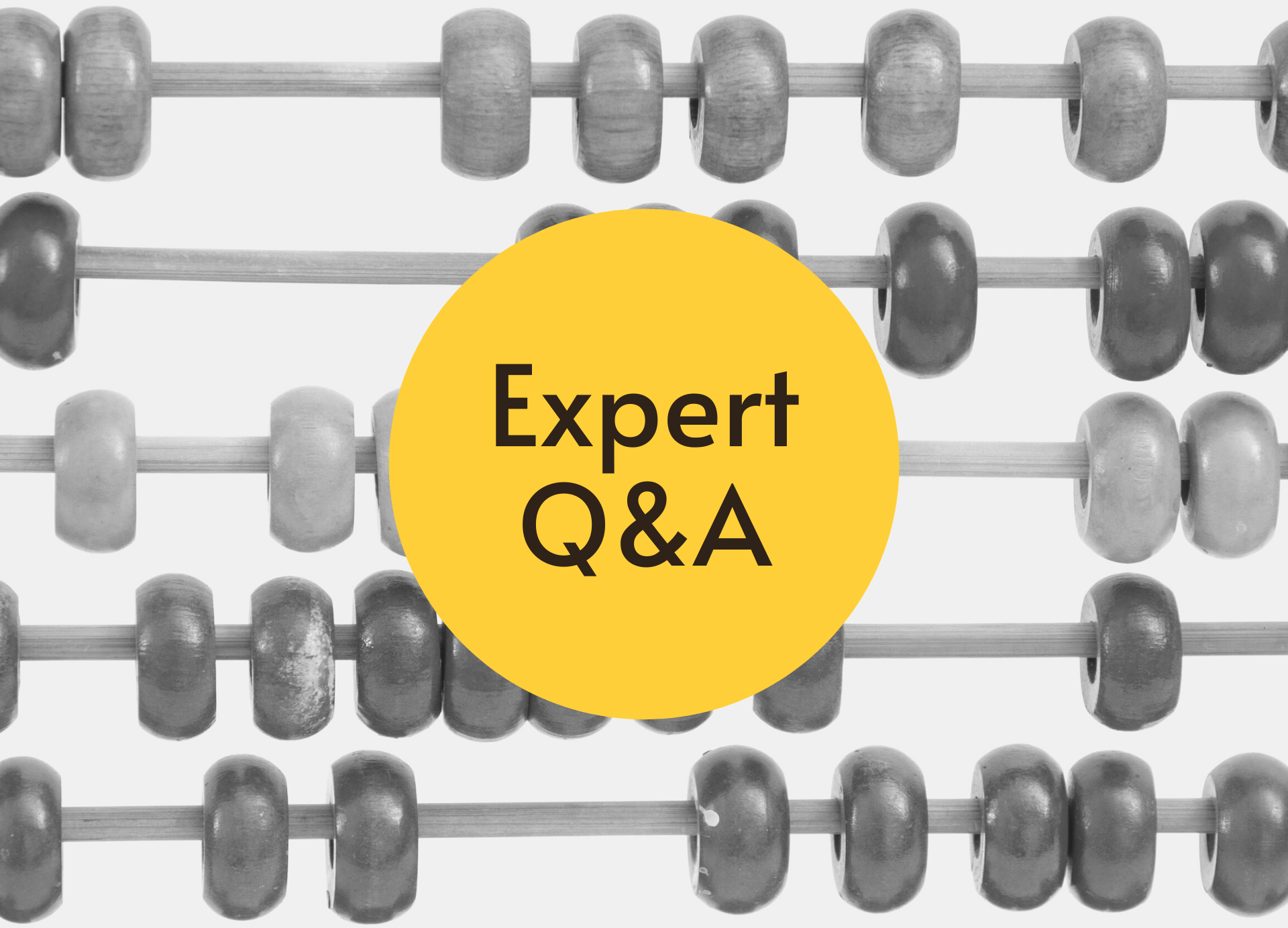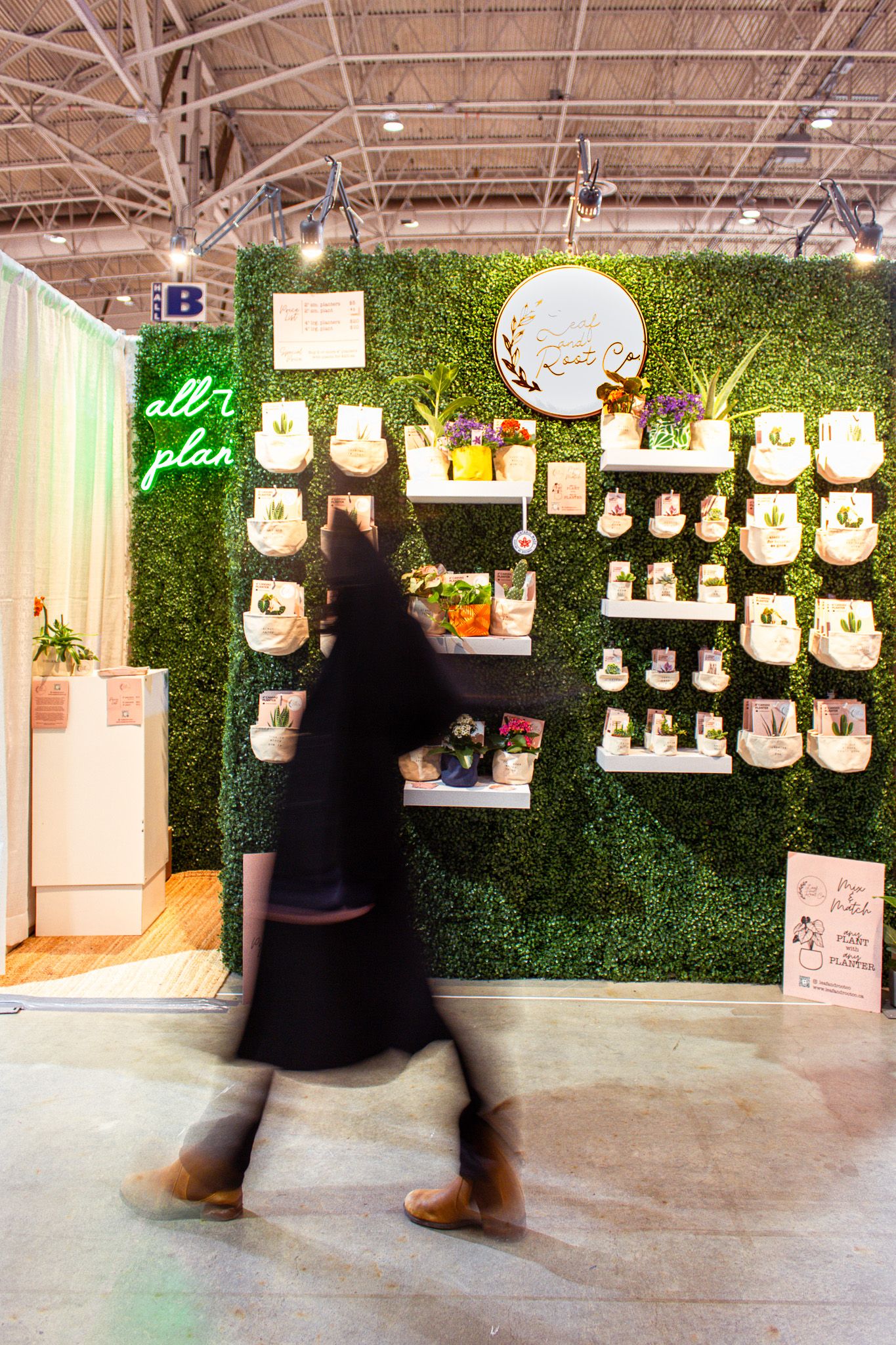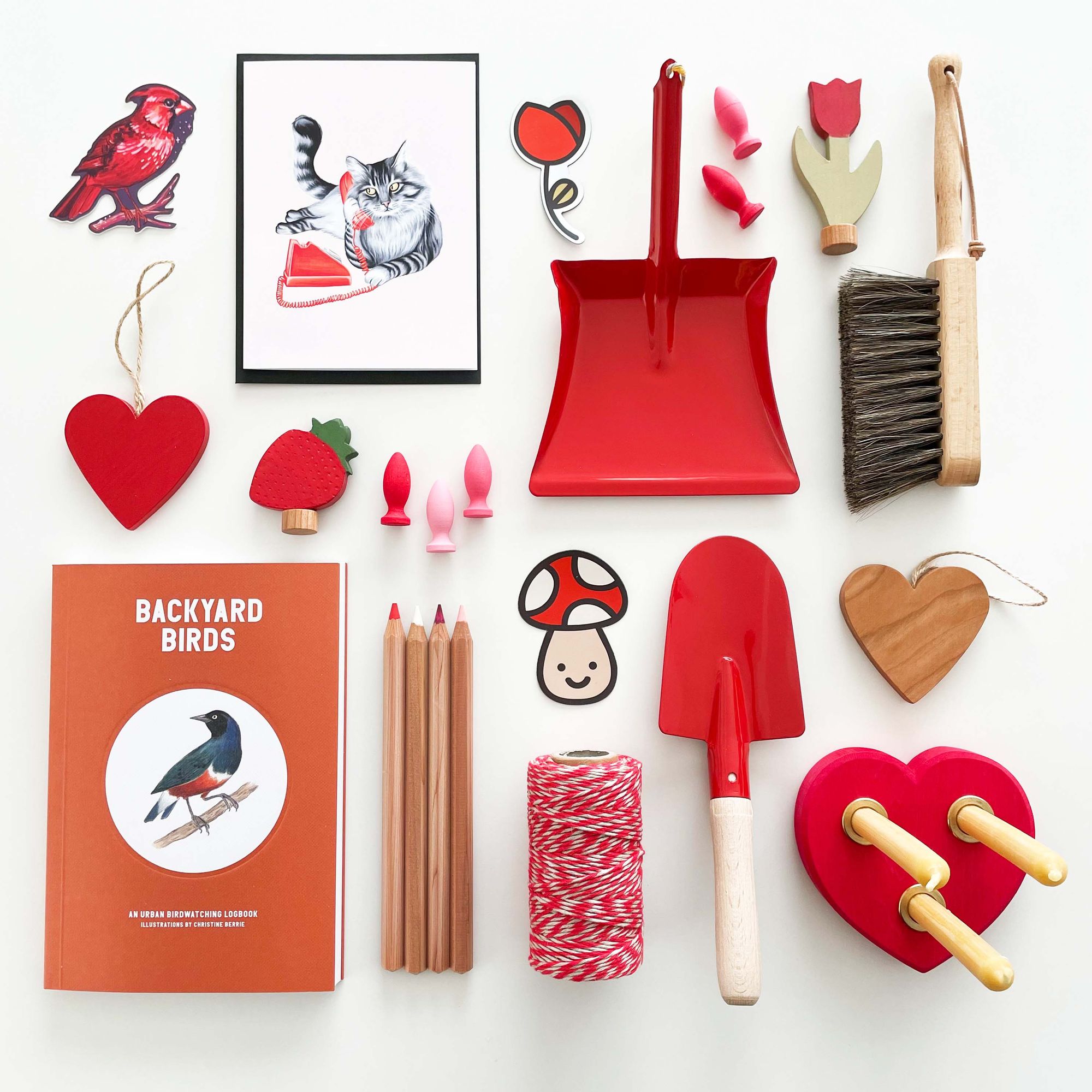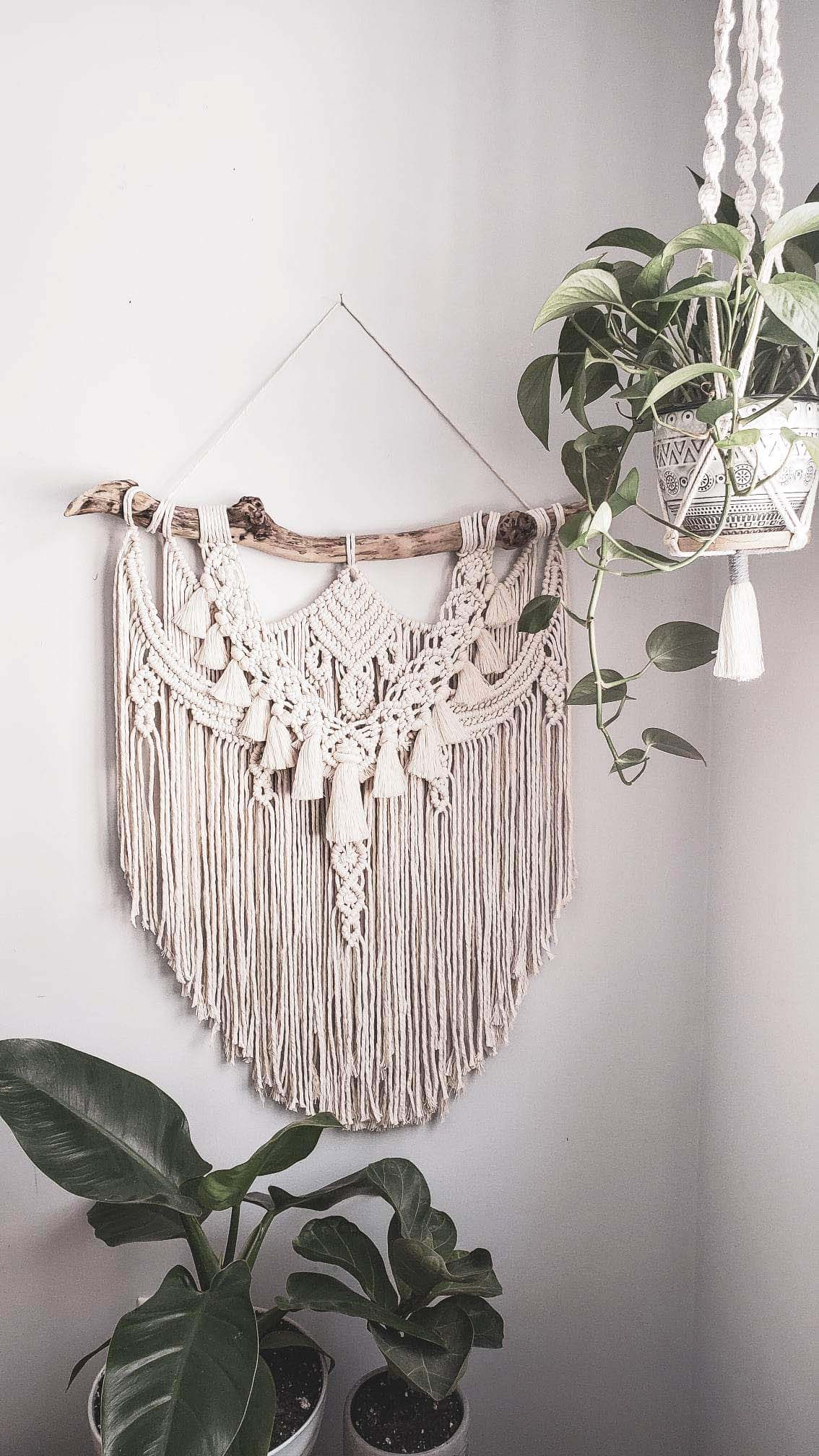Setting prices is a big challenge for any business. If they’re too low, you can’t make a profit; if they’re too high, it can be hard to make a sale. So what goes into a smart pricing strategy? We asked Patrysha Korchinski, a certified small business coach in Whitecourt, Alberta, to share her tips.
Workshop: What do makers need to think about when it comes to pricing?
Patrysha Korchinski: Let me start with one of the biggest mistakes that I see small business owners making when it comes to pricing handcrafted items. One of the first things they tend to do is to look at pricing guidelines that are geared towards people who are buying products and reselling them. And the prices, if you follow those models, often end up seeming outrageous.
The handcrafter should first figure out what they are spending: their production costs. Then add in some of the overhead costs, which often get overlooked: packaging and things like tags that you buy in order to sell the products.
Another mistake that small business owners often make is that they price too low. That's how hobby businesses stay a hobby, because they're not building enough of a profit in.
The best way to go about it is a combination of art and science, figuring out what it is that you need to make in terms of hard dollars, and also who your customers are and what they are currently paying [for similar products]. Handcrafters often fall into the idea that well, I wouldn't pay that for this. But we have to remember that our customers can't do what we can do. And that's why they're paying us to do it.
W: That’s a good point. A lot of people think, “I can knit a hat really easily — why would I pay a kazillion dollars for a knitted hat?” But not everyone can do that.
PK: We have to get into the mind of the customer, not us as handcrafters. Because we can look at something and whip it up in no time. Other people don't have that gift. And we have to realize that it is a gift in order to price it appropriately.
Our customers can't do what we can do. And that's why they're paying us to do it.
W: Let’s talk about profit. You said to make sure you're making enough profit, but how much is enough?
PK: Generally speaking, a five to 20 percent margin of profit after you’ve figured in your hard costs.
W: Do you recommend starting with your costs, or starting with the income you want to make?
PK: You have to look at both sides of the equation, because they work with each other. Your pricing should be part of an overall business plan. Your business plan does not have to be complicated. It can be as little as one page. But you do want to do it because as a business, you need to combine your pricing, your promotion and your profits. If you don't put those things together, you end up with an unbalanced number.
And what happens with consumers: if we price things too high, we're not going to be able to sell our products easily. If we price them too low, we also might not be able to sell them as easily, because people will wonder what's missing. If you have a handcrafted product that is priced below what people expect to pay, they're going to start wondering why it's so much lower.
But getting back to the pricing, let’s say you make Mason jar candles. You have your jars, you have your ingredients, your scents, and all of that. What you do is you take the receipts from your most recent trips to get supplies. Add that all up, add in prices for labels and anything else you need to do that’s not directly making them, and then ration it out across the number of items. Let's say $100 makes 10 candles. These are probably higher numbers than exist in the marketplace, but they're just for explanation. So your price going in is $10 for the actual product.
Then sort out what you want to make per hour, or what you would have to pay someone. Say it takes you two and a half hours to make the entire set, and you’re aiming for $20 an hour. That’s $50. Divide it by the 10 candles and now your costs for a single candle are at $15. Now you add profit. Let's start at the high end and say that you want to make a 20 percent profit, which allows you space to discount.
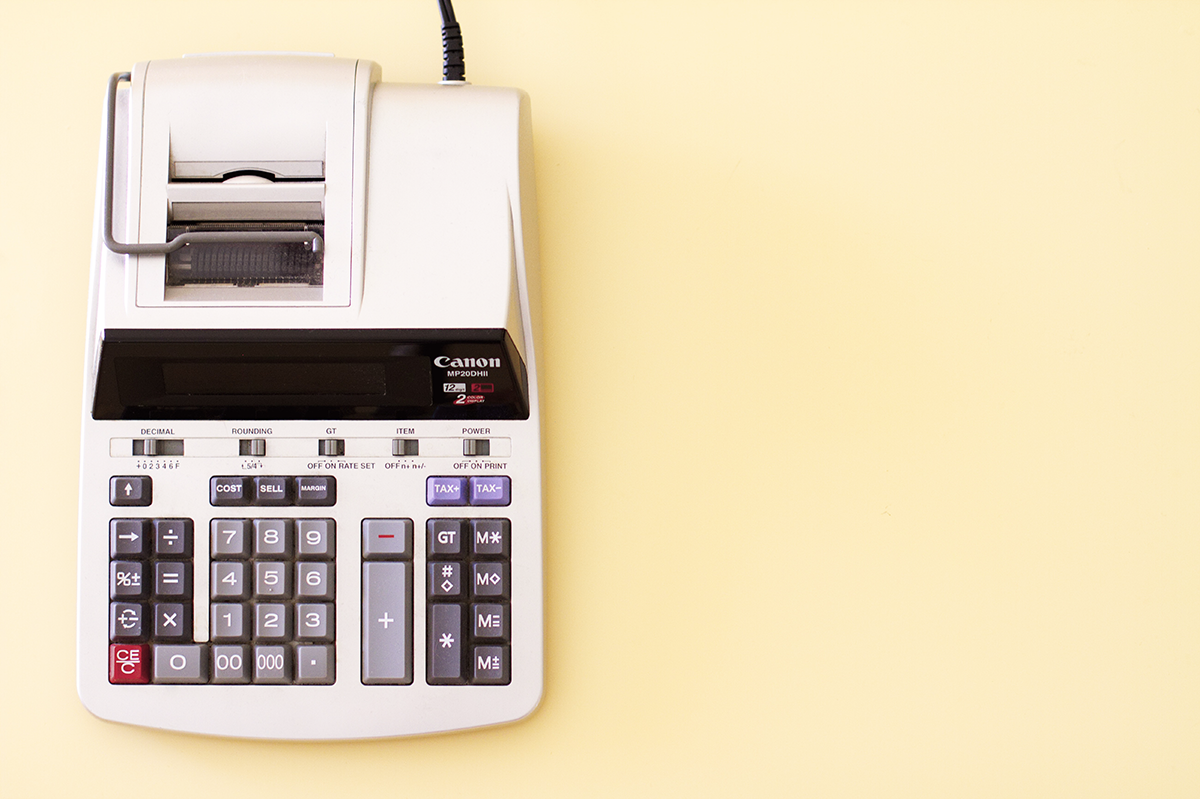
W: Let’s talk about space for discount. Is that something you recommend people do?
PK: I recommend that people add value rather than discount. If a person asks, “If I buy five, can I get a discount?” — if you know how much of a margin you've put in there, you can figure out a discount in advance. But you want to make sure you're not discounting so much that you're not making a profit. In general, though, I don't advise discounts as a sales ploy because it diminishes the value of what you do.
Going back to that original pricing structure, we figured out that the candles are $15 for your base costs and your hourly wage. [So if your costs are $15], you can comfortably sell those candles for between $20 and $25 and know that you've got everything covered, and that you have some room for growth and improvement. [Editor’s note: This is direct-to-consumer pricing, which doesn’t take into account markup for selling wholesale to retailers. We’ll be covering that difference in a future article.]
You also want to account for the time that you've spent operating the business, which would include things like posting to Etsy. If it takes you an hour to post to Etsy, you want to be able to pay yourself an hourly wage for doing that. Because if you don't, then you're spending time that is unpaid in your business. And that's not sustainable.
One more thing is that it is better to price high and end up putting it on sale than to price low and never make anything. It's so much harder to raise your prices than lower them. Once people get used to your products being in a certain price range, it can be very difficult to keep your customer base as you raise prices.
W: Do you recommend a certain period of time when people should be reviewing their pricing?
PK: I generally advise doing a look-over every quarter. If you are a seasonal business — I know a lot of handcrafters create over the year and sell through the Christmas season — you would do it after your season is over.
W: One thing we haven't talked about is market research. In terms of deciding on your pricing, what should you be looking at?
PK: Talk to other handcrafters, because those are going to be your best source for current information. Another source is actively looking where people are selling their goods right now. But remember that when you are looking from the outside, you can't see the other side of the equation. So do take everything you see with a grain of salt.
But the biggest overlooked source of market research is your current and past customers. People who have bought from you in the past are your greatest resource of what you should do in the future, because they already love you. Small businesses often make this major mistake: they always look for new customers instead of realizing how rich the environment is for people who already know you and like your work. Because if they’ve bought from you before, they're likely to buy from you again.
Patrysha is a certified small business coach who specializes in supporting creative independent business owners who desire or require champagne marketing on a beer budget. You can tap into her knowledge on any of the socials but especially on her website.
Submitting questions to our experts is one of the perks of being a paid Workshop member. Why not check out our membership plans? If you’re already part of the community, send your questions via our ask the experts submission form.

